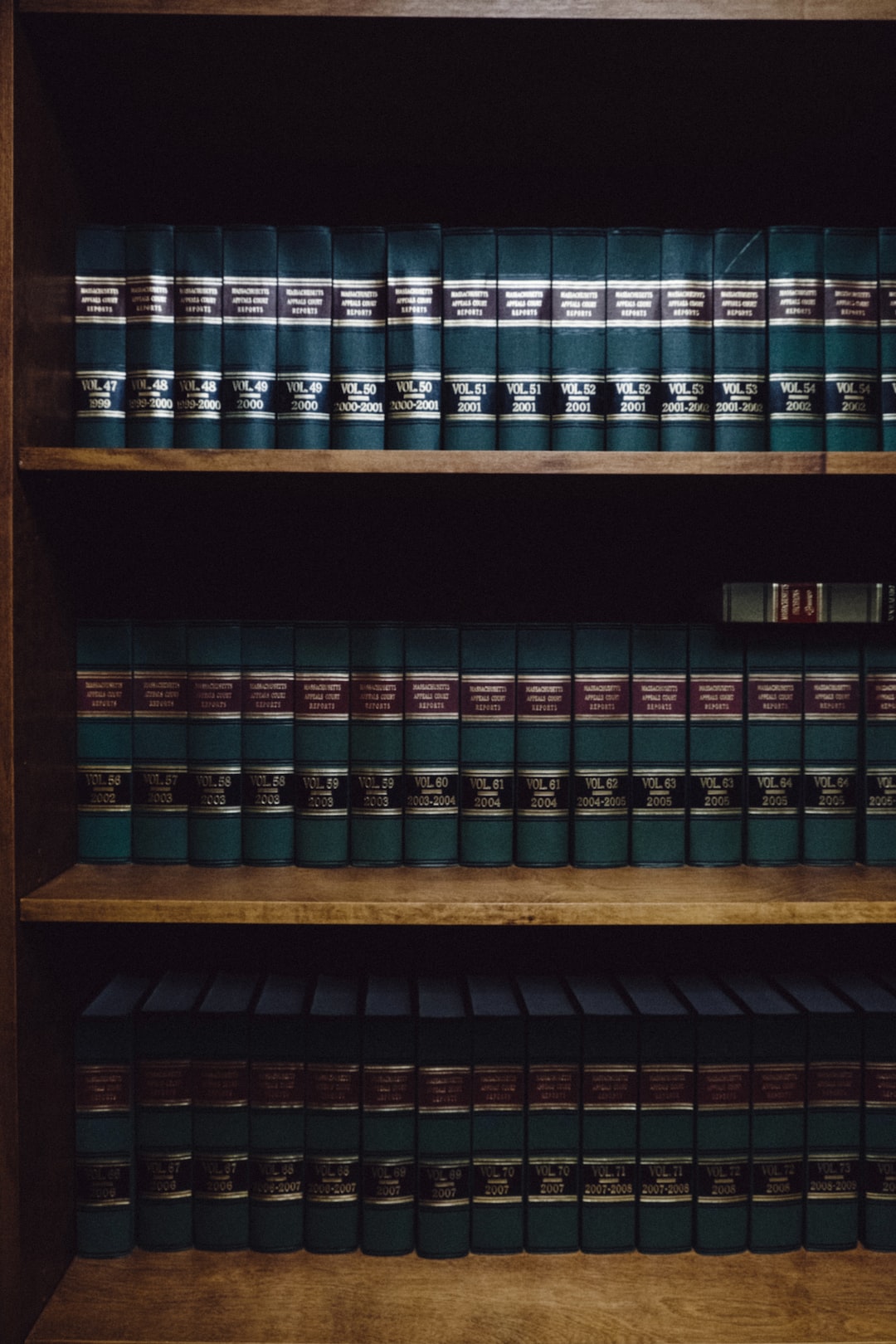The legality of drones: Balancing innovation and privacy concerns
Drones, or unmanned aerial vehicles, have become increasingly popular in recent years. These devices, often equipped with cameras and advanced technology, offer a wide range of applications for both commercial and personal use. While innovation in drone technology continues to advance, concerns surrounding the legality and privacy implications of their use also arise. Finding a balance between promoting innovation and protecting individual privacy is crucial in this rapidly evolving landscape.
One of the key areas of concern is the invasion of privacy. Drones have the potential to capture high-quality images and videos while hovering over private property. This can lead to the unintended exposure of not only individuals’ activities but also the layout of their homes and other personal information. Recognizing these risks, legislators have been working to establish clear guidelines and regulations to protect individuals’ privacy rights.
In many countries, drone usage is subject to legal restrictions. For example, the Federal Aviation Administration (FAA) in the United States has implemented a set of regulations known as Part 107. These regulations outline various operational limitations for commercial drone pilots, including restrictions on flying over people, beyond visual line of sight, and at night. Additionally, individuals are required to obtain a remote pilot certificate, which ensures they understand the rules and regulations associated with operating a drone.
Another aspect of the legality of drones pertains to their use in law enforcement activities. While drones can undoubtedly enhance the capabilities of police departments and other security agencies, concerns surrounding surveillance and potential misuse have been raised. To address these concerns, laws should clearly define the circumstances and limitations under which drones can be used for law enforcement purposes. Additionally, there should be strict accountability mechanisms in place to regulate the collection, storage, and use of data obtained through drone surveillance.
Furthermore, specific laws and regulations are needed to govern the use of drones in sensitive areas such as airports, government buildings, and public events. Unauthorized drone flights near airports, for instance, could pose significant safety risks to aircraft operations. Therefore, it is crucial to have strict regulations in place to prevent unauthorized drone flights in these areas, along with severe penalties for violations.
While privacy concerns are of utmost importance, it’s also important to recognize the potential benefits that drones offer. Drones have been used in various industries, including agriculture, photography, and delivery services. In agriculture, drones equipped with thermal sensors can identify areas of crop stress or disease, allowing farmers to respond promptly and efficiently. In photography, drones enable photographers to capture breathtaking aerial shots that were previously impossible. Moreover, drones have the potential to revolutionize the delivery industry by providing faster and more cost-effective services.
To strike the right balance between innovation and privacy concerns, collaboration between legislators, technology companies, and advocacy groups is essential. Regulation surrounding drones should be proactive rather than reactive, considering both the potential benefits and risks associated with their use. Open discussions and public consultations can help shape reasonable and effective regulations that ensure privacy protection without stifling innovation.
Additionally, technology can play a role in addressing privacy concerns. For instance, the inclusion of geofencing technology in drones can create virtual barriers around restricted areas, preventing unauthorized entry. Moreover, advancements in facial recognition technology could allow drones to automatically blur or mask individuals’ faces for enhanced privacy. Encouraging the development and implementation of such privacy-enhancing technologies should be a priority for lawmakers and technology companies.
As technology continues to evolve, the legality of drones will remain a topic of ongoing debate. Finding the right balance between promoting innovation and safeguarding individual privacy is crucial. Clear and reasonable regulations, technological advancements, and collaboration among stakeholders can help ensure a lawful and responsible use of drones, fostering innovation without compromising privacy. By addressing these concerns head-on, society can fully tap into the potential of drones while maintaining respect for individual privacy rights.

